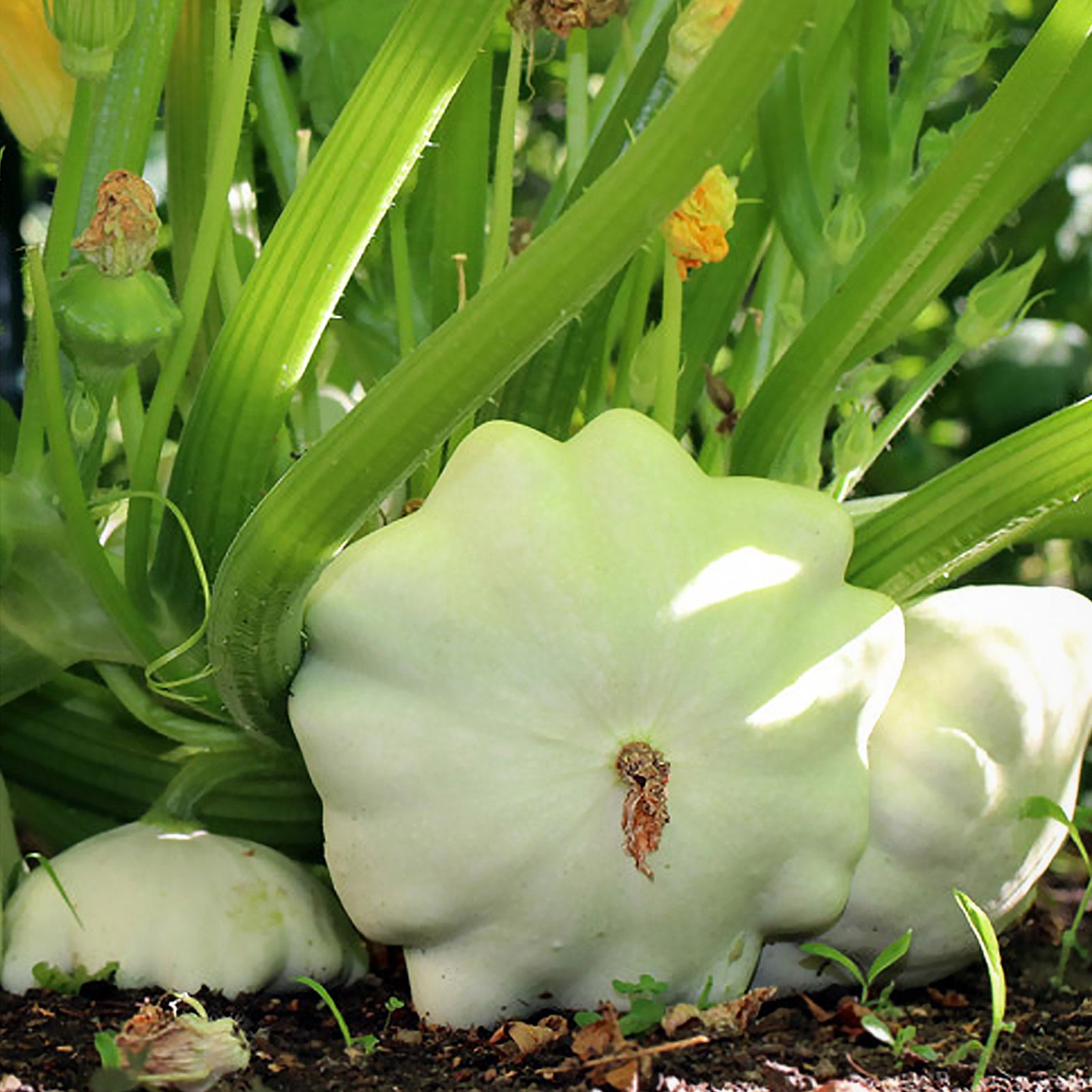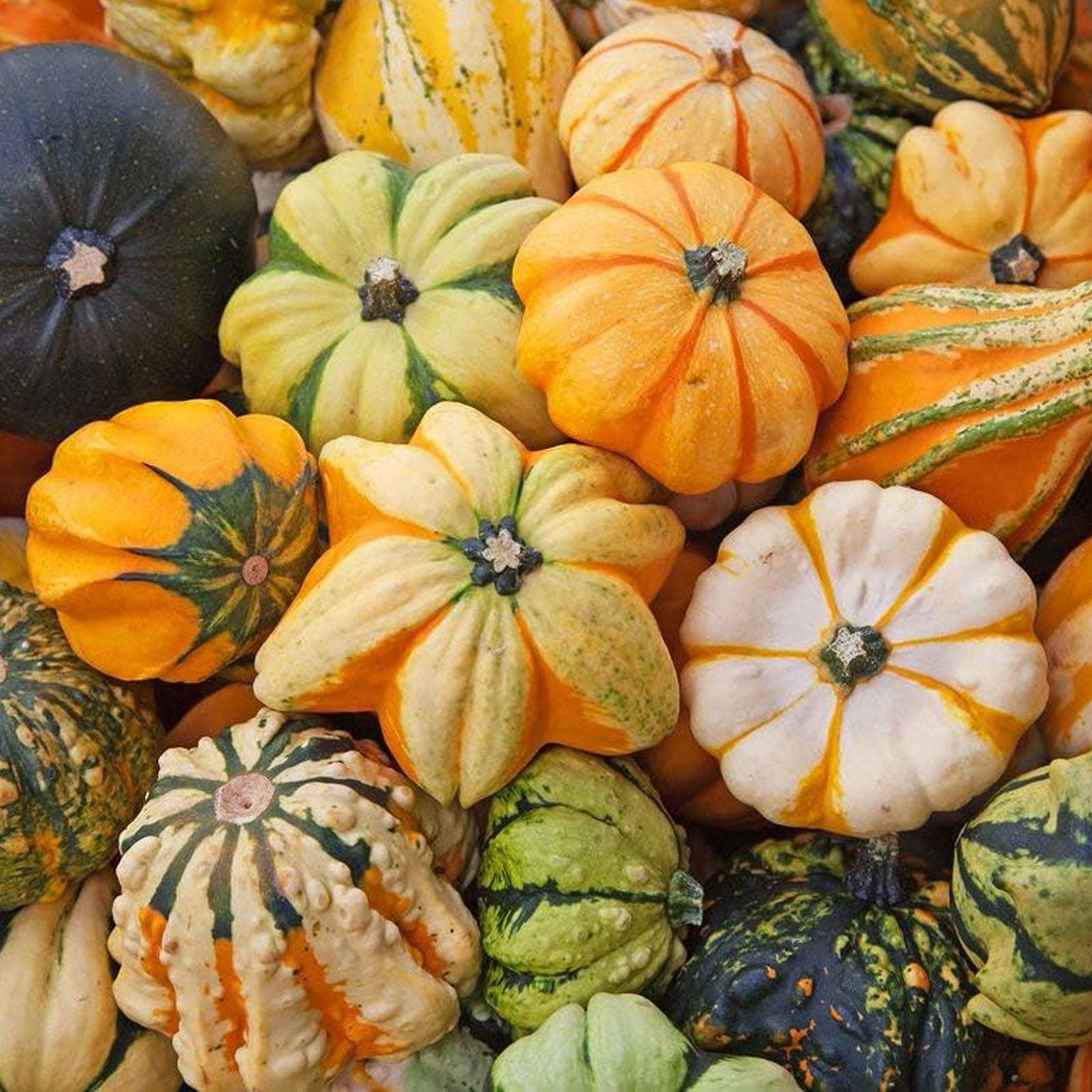As the leaves turn and the air becomes crisp, you might find yourself drawn to the vibrant and cheerful world of decorative pumpkin seeds. Personally, I have always loved how these little seeds transform into colorful, unique pumpkins that not only brighten your garden but also serve as great decor during the festive season. In this comprehensive guide, we will explore everything you need to know about decorative pumpkin seeds, from planting and care to their benefits and creative uses. So grab your gardening gloves, and let’s dig in!
Why Choose Decorative Pumpkin Seeds?
Decorative pumpkin seeds are a fantastic choice for both seasoned gardeners and those new to planting. They add a pop of color, serve as a fun gardening project, and provide numerous possibilities for creative decoration. Let’s delve into the reasons why you should consider growing them.
- Visual Appeal: Decorative pumpkins come in various shapes, sizes, and colors, creating a stunning visual display in any garden.
- Versatility: Use them for fall decorations, Halloween displays, or as a part of your Thanksgiving centerpiece.
- Easy to Grow: With the right care, pumpkin seeds sprout easily and flourish with minimal fuss.
- Educational Opportunities: For families, growing pumpkins can be an excellent way to teach children about nature and gardening.

Types of Decorative Pumpkin Seeds
When it comes to decorative pumpkin seeds, you’ll find a multitude of varieties, each with its own unique characteristics. Here are some popular types:

Common Varieties
| Variety Name | Description | Size | Color |
|---|---|---|---|
| Jack Be Little | Small, adorable decorative pumpkins. | 2-3 inches | Orange and white |
| Mini White Pumpkin | Small white pumpkins perfect for fall decor. | 3-5 inches | White |
| Gourd Varieties | Unique shapes and sizes, often used in decorative displays. | Varies | Various (green, yellow, orange) |
| Doors and Doreens | Brightly colored and often ribbed pumpkins. | Medium to Large | Green and orange |
Choosing the Right Seeds for Your Garden

When selecting decorative pumpkin seeds, consider your garden space, climate, and aesthetic preferences. For example, if you have limited space, opting for smaller varieties like Jack Be Little or Mini White Pumpkin would be ideal. On the other hand, if you have ample room, consider growing larger varieties with more vibrant colors.
Growing Decorative Pumpkin Seeds

Now that you’ve chosen your seeds, let’s explore how to effectively grow decorative pumpkins. From soil preparation to caring for the plants, here’s your step-by-step guide.
Step 1: Selecting a Planting Site

Choose a location that receives at least 6-8 hours of sunlight a day. Pumpkins love warmth and sunlight, which helps them thrive.
Step 2: Preparing the Soil

Pumpkins prefer well-drained, nutrient-rich soil. Here’s how to prepare your garden bed:
- Clear the area of weeds and debris.
- Till the soil to a depth of about 12 inches.
- Add organic matter such as compost or well-rotted manure to enrich the soil.
Step 3: Planting the Seeds
Once your soil is ready, it’s time to plant:
- Plant seeds about 1 inch deep and 2-3 feet apart in rows.
- Water the area gently to avoid displacing the seeds.
- Cover the seeds with soil and label your rows.
Step 4: Watering and Fertilizing
Water your plants regularly, especially during dry spells. Deep watering encourages strong root growth. Additionally, consider fertilizing approximately one month after planting with a balanced fertilizer to support healthy growth.
Step 5: Weed Control
Keep the garden bed free from weeds, which can compete with your pumpkins for nutrients and water. Mulching can help suppress weed growth while retaining moisture.
Caring for Your Decorative Pumpkin Plants
Once your decorative pumpkins start to grow, maintaining their health is crucial. Here are some care tips:
Sunlight and Temperature
Ensure your pumpkins get plenty of sunlight. Ideally, they should have temperatures ranging between 70°F to 95°F for optimal growth.
Watering Practices
Water deeply once a week, allowing the topsoil to dry out between waterings. Be cautious not to over-water, which can lead to root rot.
Pest Control
Watch for common pests like aphids, squash bugs, and cucumber beetles. Use organic methods for pest control, such as insecticidal soap or neem oil.
Harvesting Your Pumpkins
Most decorative pumpkins are ready for harvest when their outer skin is hard and the leaves start to die back. Use a sharp knife to cut the stem, leaving a few inches attached to the pumpkin.
Using Decorative Pumpkins in Your Home and Garden
Once harvested, decorative pumpkins can be used in a variety of creative ways:
Beautiful Fall Displays
Group pumpkins of different shapes, sizes, and colors together for a stunning fall display on your porch or dining table. Add some hay bales or colorful gourds for extra flair!
Halloween Decorations
Carving decorative pumpkins can be a fun family activity. You can also paint or decorate them with lace and ribbons for a unique look.
Thanksgiving Centerpieces
Arrange smaller pumpkins alongside candles, pine cones, and seasonal foliage for an elegant Thanksgiving centerpiece.
Benefits of Growing Decorative Pumpkins
Beyond beautifying your space, there are additional benefits to growing decorative pumpkins:
Health Benefits
Did you know that pumpkins are nutritious? They are rich in vitamins A, C, and E, as well as antioxidants. While decorative pumpkins aren’t typically eaten, their edible counterparts can be a healthy addition to your diet.
Environmental Impact
Growing your own pumpkins reduces carbon footprints associated with store-bought produce. Plus, you’re contributing to local biodiversity!
Possible Drawbacks
While growing decorative pumpkins is generally rewarding, there are some things to consider:
Space Requirements
Pumpkins require a good amount of space to grow. If you’re in a small urban area, consider container gardening or dwarf varieties.
Seasonal Nature
Decorative pumpkins are seasonal. After harvest, they won’t last indefinitely, and you’ll need to plan for replanting each year.
FAQs About Decorative Pumpkin Seeds
1. How do I store decorative pumpkin seeds for future planting?
Ensure the seeds are dry before storing them in a cool, dark place. Use airtight containers to keep them safe from moisture.
2. Can I eat decorative pumpkins?
Most decorative pumpkins are not bred for consumption and may not have great flavor. However, some varieties like the White Lumina can be edible.
3. When is the best time to plant decorative pumpkin seeds?
The ideal planting time is late spring after the last frost. Soil temperatures should be consistently above 70°F.
4. Do decorative pumpkins require special care?
They don’t require exceptionally special care, but like any plant, they do need proper sunlight, water, and nutrients to grow well.
5. How long does it take for decorative pumpkins to grow?
Typically, decorative pumpkins take about 90-120 days from planting to harvest, depending on the variety.
Conclusion
Growing decorative pumpkin seeds is a rewarding experience that brings joy and vibrancy to your home and garden. With the right care, these beautiful seeds can flourish into stunning pumpkins ready to grace your fall festivities. Remember to choose the right varieties, provide ample sunlight and water, and you’ll be on your way to creating the perfect autumn display. Happy gardening!